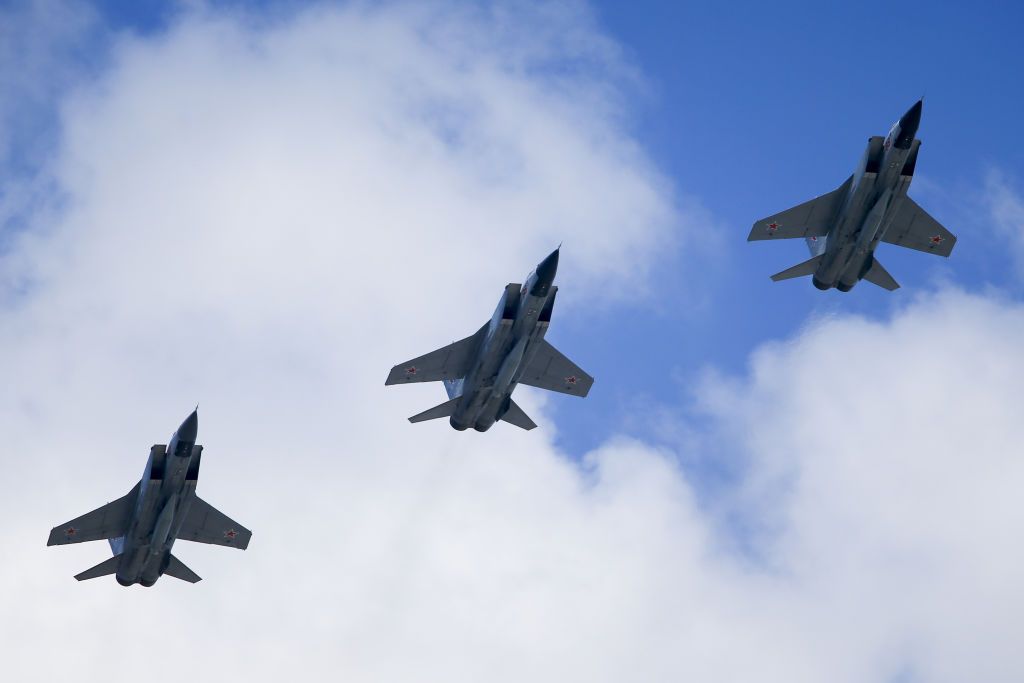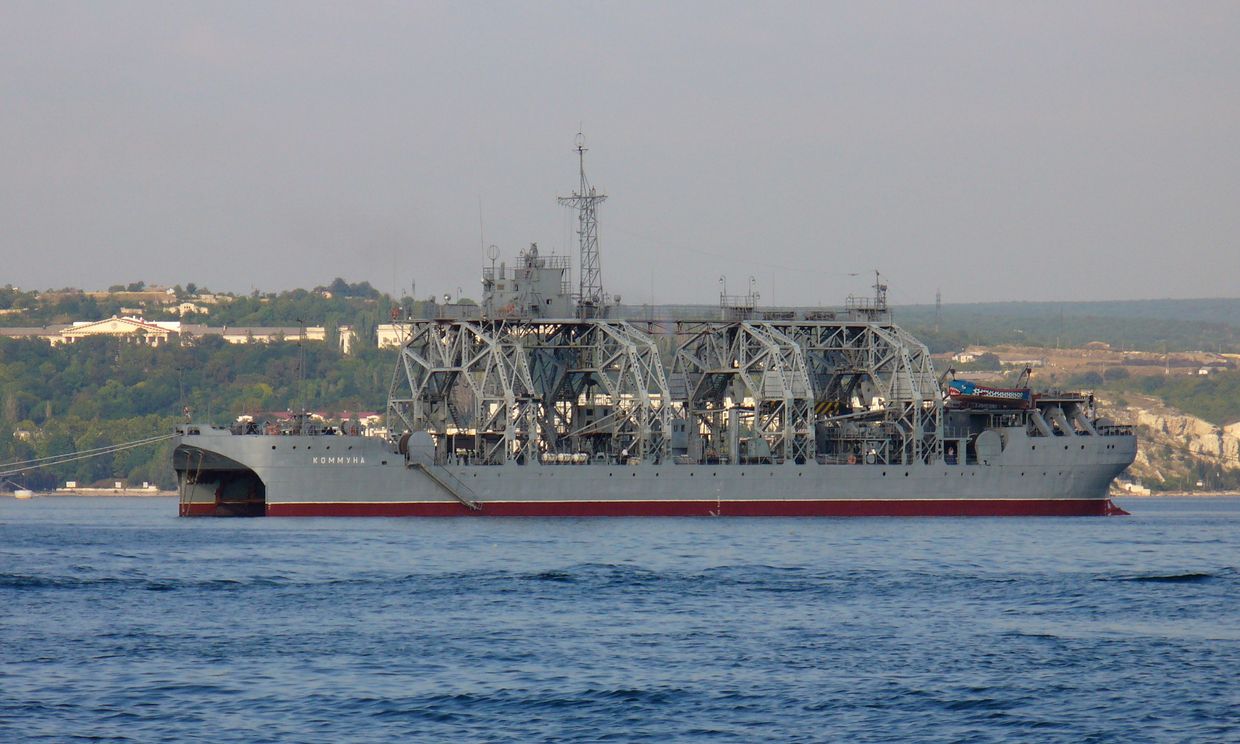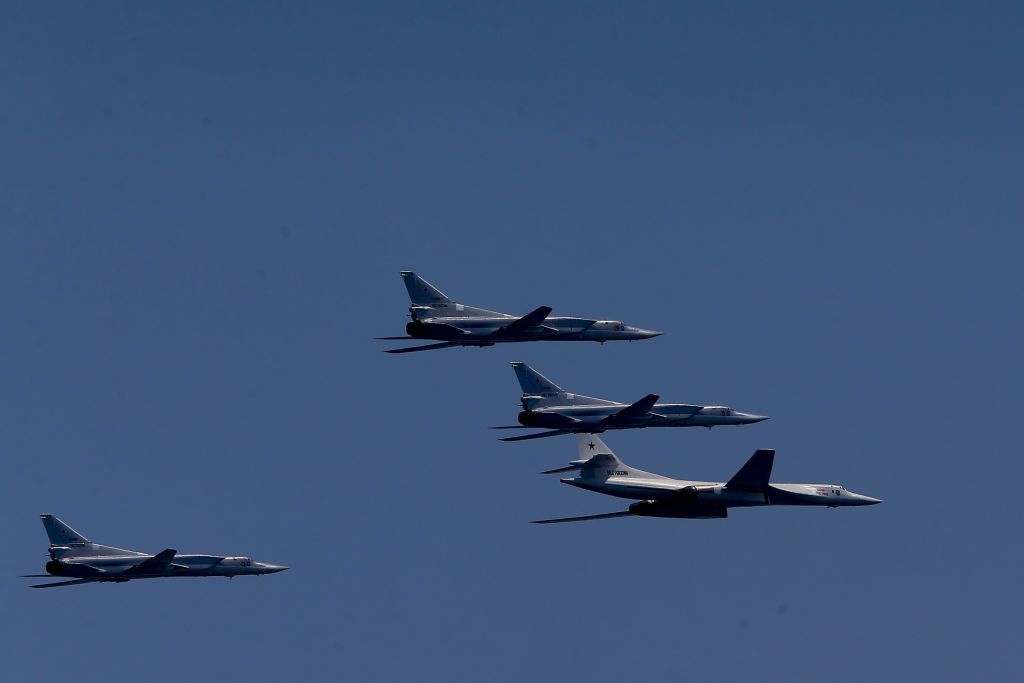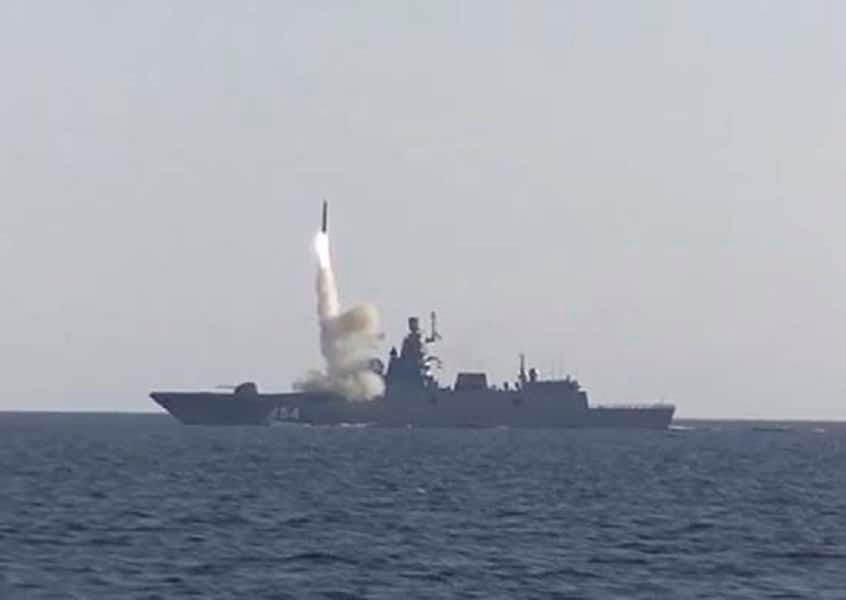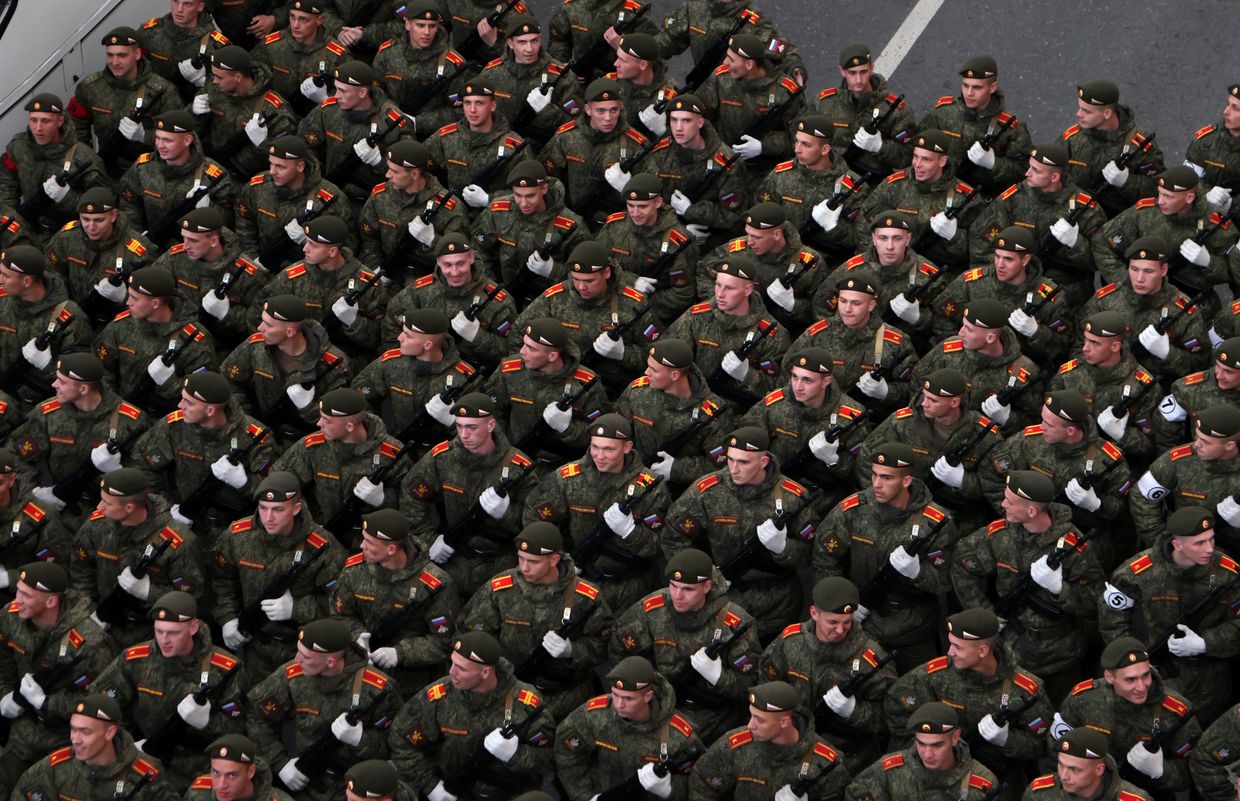The Ukrainian military shot down five Russian military aircraft in the span of three days in early March, begging the question: How many planes does Russia have? This is a complex question, but I'll let you in on a little secret: The numbers listed in international indexes are often quite far from the reality.
Objective data can only really be obtained by comprehensively analyzing open-source intelligence (OSINT) which, until 2022, was relatively easy to obtain. Prior to the start of full-scale war against Ukraine, the Russian Defense Ministry often published information on its aircraft orders and transfers, as well as their tail numbers and distribution by regiment. While accessing such information is more difficult now, it is possible to scrape together fairly complete data on how many aircraft the Russian military has.
The Russian military's tactical aviation is comprised of several main types of aircraft, most of which are derivatives of the Sukhoi Su-27 fighter aircraft. In addition to the Su-27 itself (which is gradually giving way to newer aircraft), the Russian military has Sukhoi Su-30, Su-35, and Su-33 fighter aircraft, which are primarily intended for air-to-air combat.
Meanwhile, the Su-25 attack aircraft and the Su-24 bombers are primarily used for engaging ground targets and bombing, respectively. The Su-25, Su-24, Su-27, and Su-33 are no longer being produced, meaning that the loss of such aircraft can only be made up for by restoring them at storage bases or by new types of aircraft.
The Su-34, one of the most commonly used aircraft by Russia in Ukraine, is also a derivative of the Su-27. In Ukrainian publications, it is referred to as a fighter-bomber, but Russians consider it a "pure" bomber and equip bomber regiments with these aircraft.
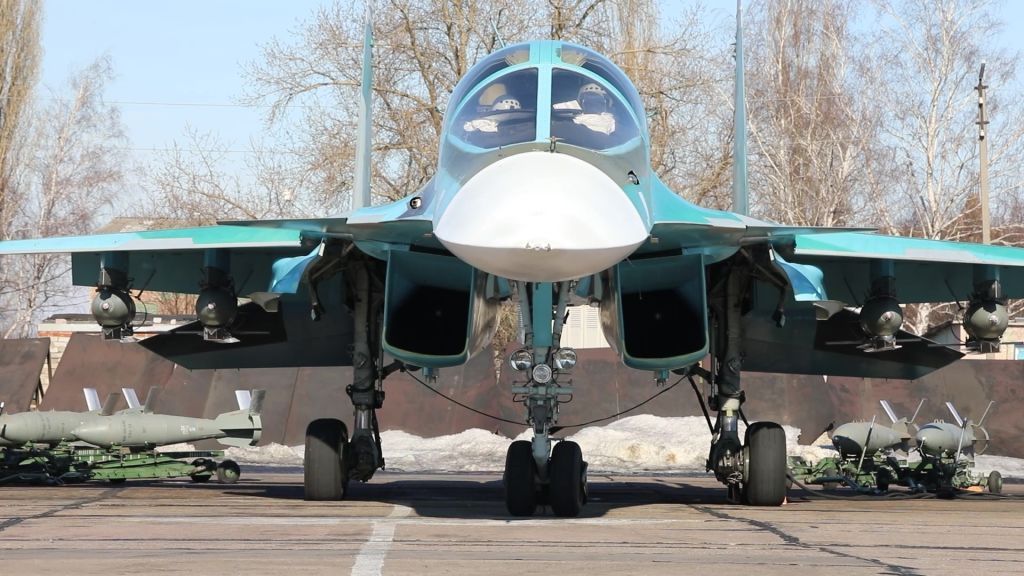
Another fairly common type of fighter aircraft is the Mikoyan MiG-31 heavy interceptor, a specialized type of fighter aircraft designed primarily for intercepting and engaging large, high-altitude, and fast-moving aircraft. A small number of MiG-31s have been converted into hypersonic missile carriers for Russia's air-launched Kinzhal ballistic missiles.
Finally, the Russian military also has a handful of fifth-generation Su-57 fighter aircraft, as well as three derivatives of the MiG-29 fighter aircraft – the classic MiG-29, the naval variant MiG-29K, and the multirole MiG-35.
Now let's break down the numbers, starting with fighter aircraft.
At the beginning of 2022, the Russian Air Force had over 100 Su-27s in service, including 37 Su-27S and -27Ps, 40 modernized Su-27SM and Su-27SM3s, eight Su- and nine Su-27UB and UPs. Some of these aircraft have been recorded near Chkalovsk, Kaliningrad Oblast, the 3rd Guards Fighter Aviation Regiment in Krymsk, Krasnodar Krai, and the 38th Fighter Aviation Regiment in Belbek in occupied Crimea. The air bases in Krasnodar Krai and occupied Crimea are involved in Russia's war against Ukraine.
According to the Dutch OSINT defense analysis website Oryx, no Su-27 losses have been recorded thus far. This is likely because Su-27s are mainly operated over Russian-controlled territory, do not perform strike missions, and are limited to air defense. Several dozen Su-27s are at storage bases, and could theoretically be put back into service. The potential transfer of nearly two dozen Su-27s from Belarus, decommissioned in 2012, should also not be neglected.
The Russian military had 107 Su-30SMs, a two-seater fighter aircraft equipped with more powerful engines and avionics, and Su-30SM2s, a variant equipped with more advanced Su-35S engines and avionics, in combat units at the start of the full-scale war. This number excludes those stationed at training and testing centers.
In Russia's Western Military District, these aircraft are located at airbases in Khalino in Kursk Oblast and Chernyakhovsk in Kaliningrad Oblast. In the Southern Military District, they're located at two airbases in Rostov Oblast and in Saky in occupied Crimea. In the Eastern Military District, in Domna in Russia's Zabaykalsky Krai.
All of these airbases, with the possible exception of that in Chernyakhovsk, have been involved in Russia's war against Ukraine. According to Oryx, there are 11 Su-30SMs and Su-30SM2s confirmed to have been lost. Current 30SM2 deliveries do not appear to exceed half a dozen per year.
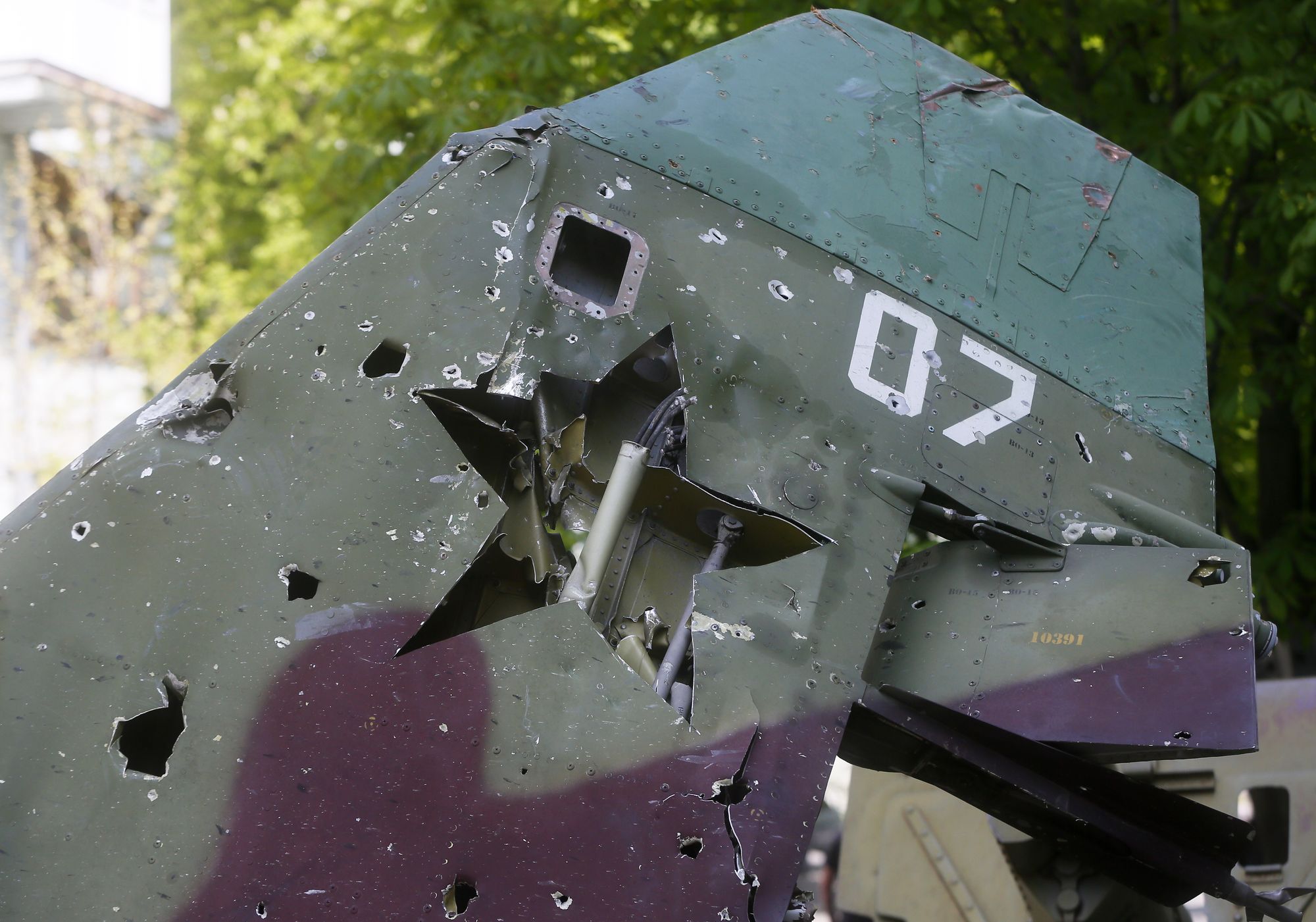

As of the end of 2021, Russia received 101 Su-35Ss, which are considered the best aircraft of its class in the Russian Air Force (with the exception of the Su-57, which is not yet fully operational). At the beginning of 2022, the Su-35S were stationed at the Petrozavodsk Petrozavodsk Airport in the Republic of Karelia, the Borisovsky Khotilovo airbase in Tver Oblast, Uglovoye airbase near Vladivostok in Primorsky Krai, and Dzyomgi Airport in Khabarovsk Krai. Several dozen Su-35Ss are at testing and training centers.
All of the regiments armed with Su-35Ss are actively involved in Russian hostilities in Ukraine – in particular, those stationed at Uglovoye airbase and Dzyomgi Airport, which were the main group deployed in Belarus at the start of the full-scale invasion. Confirmed losses, as per Oryx, amount to seven, with a maximum annual production capacity of 10-12 aircraft.
Russia produced 26 Su-33s between 1993 to 1996, but their use in Russia's war against Ukraine has yet to be recorded.
MiG-31s fighter aircraft, including MiG-31BMs, MiG-31BSMs, and MiG-31DZ, have been used extensively by Russia since the onset of its full-scale invasion in 2022. MiG-31K carrier aircraft are used to launch Kinzhal ballistic missiles, while MiG-31BMs and MiG-31BSMs are used for air defense. They are located at both Russian and Belarusian airfields, as well as in occupied Crimea.
In total, Russia had over 100 of aircraft, as well as around 12 MiG-31Ks. While a significant number of MiG-31s are in storage and could theoretically be put back in service, this is likely impractical given they are not modernized. The loss of only one MiG-31BM, which crashed at an airfield in occupied Crimea, has been confirmed thus far.
As of 2023, MiG-31s are based in Monchegorsk airbase in Murmansk Oblast, Kansk-Dalny airbase in Krasnoyarsk Krai, Perm International Airport in Perm Oblast, Uglovoye airbase in Primorsky Krai, and Elizovo Airport in Kamchatka Krai.
Russia has several dozen, perhaps around 100, MiG-29 fighter aircraft in storage. Will Russia return them to service? In my opinion, it's unlikely, as it would be logical to prioritize restoring more advanced Su-27s. Russia also has some MiG-29s stationed at Erebuni Airport in Armenia, which is used by the Russian Air Force.
MiG-29Ks are comparatively new. The Russian Navy ordered 20 MiG-29KR fighter aircraft and four MiG-29KUBR trainer aircraft, which now take part in combat missions. There is no concrete information on the number of MiG-29Ks that have been destroyed. Meanwhile, the Russian Air Force has a small batch of MiG-35, a very modernized version of the MiG-29, but they are nowhere to be seen in combat or at testing centers.
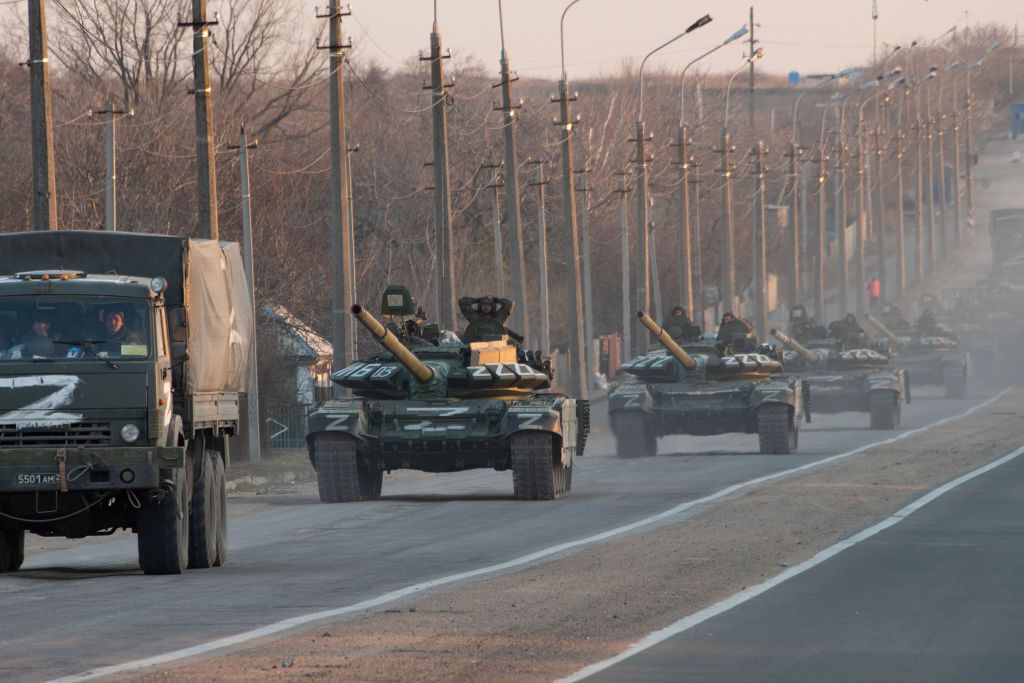
Russia's only fifth-generation fighter jet, which is deemed comparable to the U.S.' F-22A Raptor, is the Su-57. By the end of 2022, 10 Su-57s were delivered to training centers and to the Dzyomgi Airport. The Russian Defense Ministry has claimed that these aircraft are used on occasion in its war against Ukraine, but this has not been confirmed.
Now let's focus on tactical strike aircraft – Russia's most significant losses since February 2022.
Russia's newest tactical aircraft are the Su-34 tactical bombers. Russia had 151-159 of them as of the end of 2023. Even after the start of the full-scale war, the rate of production of these aircraft has not increased and does not cover those lost in the war. Seven aircraft were destroyed before 2022 and 25 have been confirmed destroyed after the start of the full-scale war. However, actual losses could be twice as high.
While the Russian Air Force planned on replacing its Su-24s with Su-34 aircraft by 2020, this plan failed to materialize. Su-24s were, therefore, still being used in the southern, western, northern, eastern, and central military districts. In total, Russia could have up to 130 aircraft, half of which are reconnaissance models. Several Su-24s were transferred to the Wagner Group. Confirmed losses, as per Oryx, amount to 14 aircraft, although the number is likely much higher.
Lastly, the Russian Air Force had 134 Su-25 attack aircraft at the start of 2022. The largest grouping of this aircraft is concentrated in Russia's Southern Military District – Budyonnovsk airbase in Stavropol Krai, Primorsko-Akhtarsk airbase in Krasnodar Krai, and Hvardiiske airbase in occupied Crimea.
Prior to Russia's full-scale war against Ukraine, the Russian Air Force abandoned most of its attack aircraft, and 10-12 were handed over to the Wagner Group from April 2022 to June 2023. Russia's confirmed Su-25 losses thus far amount to 31. These losses can only be compensated for by returning the aircraft from storage bases, as neither the Su-24M and the Su-25 are in production.
So, let's summarize: Russia launched its full-scale invasion of Ukraine in February 2022 with approximately 780 tactical aircraft in service, divided between fighter and tactical strike aircraft. Confirmed losses, according to the most conservative estimates, amount to 90-100 aircraft, with two-thirds of those lost being tactical strike aircraft. Likely, Russia has lost anywhere from 130-150 aircraft. However, this does not take into account the aircraft that have been sent in for repair, or those that have been "cannibalized" for parts for other aircraft.
Russia's current annual production of combat aircraft is 20-30 aircraft, although precise statistics are hard to come by as they are not published. That being said, Russia's aircraft production does not remotely cover its losses. While some of its losses could be covered by returning aircraft at storage bases to service, this is only really feasible for Su-24Ms and Su-25s.
Editor’s Note: The opinions expressed in the op-ed section are those of the authors and do not purport to reflect the views of the Kyiv Independent.




